Daffodil Care After Flowering: Leaves + Flower Care
Wondering how to properly care for your daffodil bulbs after they’ve bloomed? We’ve got you covered!
With the right care, your daffodil flowers will bloom again the following spring- and produce those vibrant yellow flowers for decades.
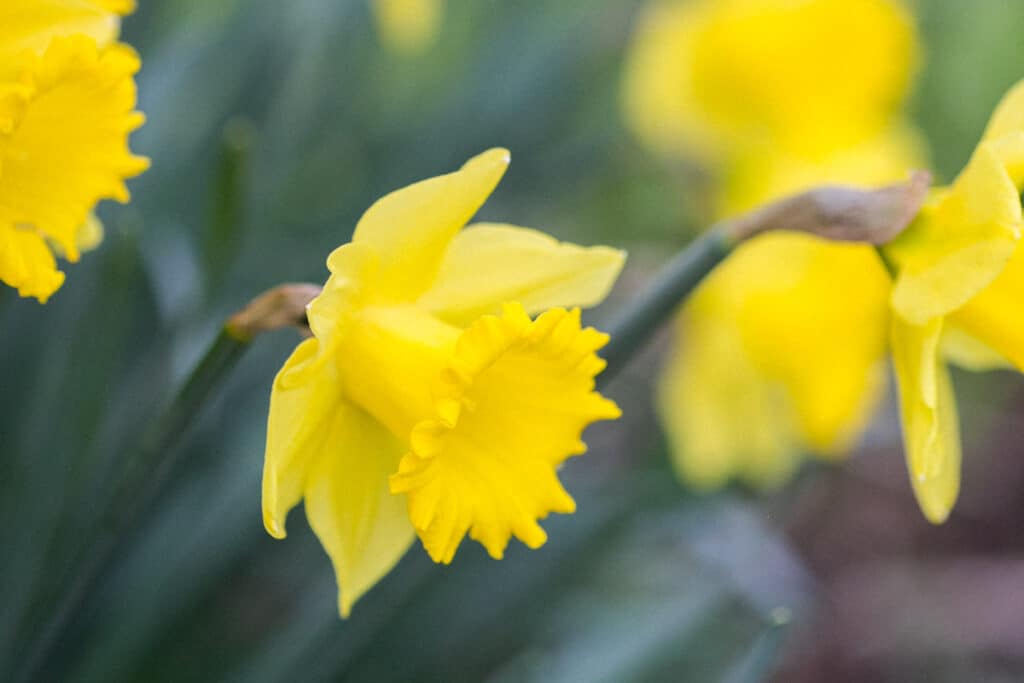
When the earth feels as if it cannot take another moment of a drab winter, daffodils burst onto the scene in their fabulous hues of yellow. Their cheery faces bring early hope to gardeners everywhere.
Once these perennial flowers have bloomed, an unsightly flower head and wilting foliage are left behind. It’s important to know what to do with the spent flower and greenery so you do not damage your plant.
Properly caring for these spring flowers will ensure they receive the proper nutrients they need to bloom in the next growing season. (Hint: tying up the leaves with rubber bands is not the answer!).
Hi there! If we haven’t met my name is Jamie. I’m a life long gardener with a degree in environmental science + a background in pro photography. Get my best flower photography tips here.
About Daffodils
Also known by the name Narcissus, there are thousands of varieties of unique daffodils. From small petite blooms called Tete a Tete to the larger, more boisterous Gigantic Star Daffodil, this species boasts a wide array of flowers.
When given full sun, good air circulation, and soil with good drainage, daffodil blooms can last for 4 to 8 weeks. These bright yellow flowers are often planted in drifts, and different varieties bloom in late winter through spring.
Daffodils are robust and faithful, coming back year after year with little work from the gardener.
But, the spent flowers must be treated correctly after blooming to ensure they receive enough nutrients to bloom the next spring.
What Should I Do With Daffodils That Are Done Flowering?
No matter how much a gardener loves daffodils, the question eventually becomes, what do you do with spent daffodils in the garden?
The best thing you can do for your daffodils is leave the leaves intact until they turn yellow and brown and finally decompose into the earth.
Leaving daffodil leaves sprawled upon the ground allows them to harness the sun’s energy.
As the leaves decompose, they collect vital nutrients from the sun, and the bulb uses these nutrients to create energy to produce the flower the following season!
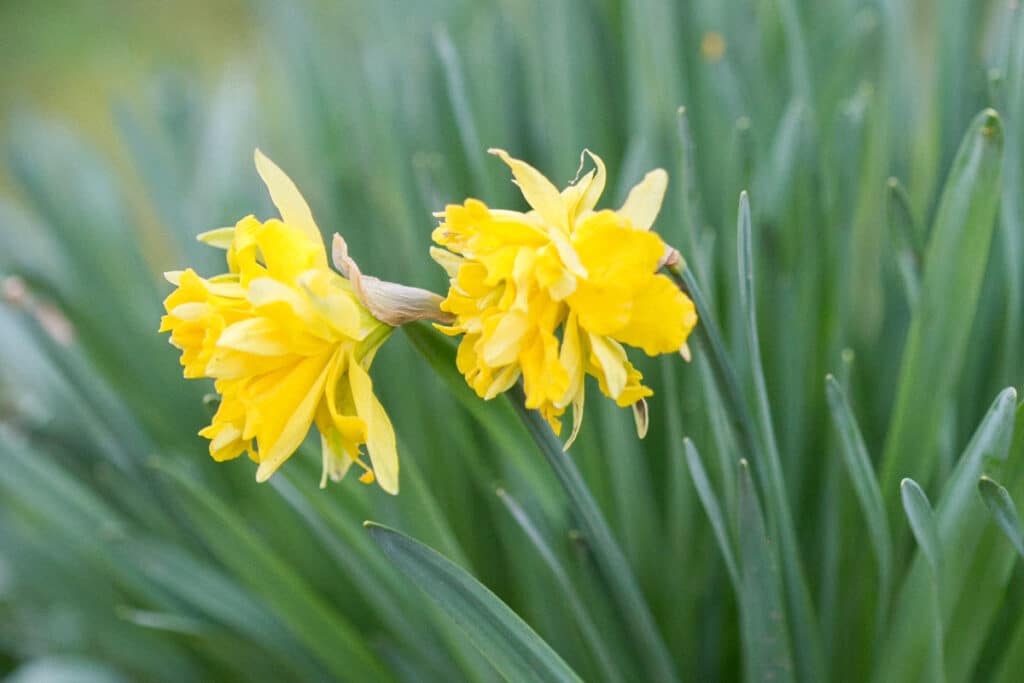
Think of this sunlight as food the daffodil will use to grow the next season’s bloom. The sunlight allows the bub to store energy through the process of photosynthesis.
This energy goes into producing the following year’s bulb. The plant needs adequate food to store energy for next year’s flower production: at least 6-8 weeks of sun exposure.
Even though they are unattractive, those spent daffodil leaves do serve a purpose.
It is best to wait for the leftover daffodil leaves to turn brown and begin to decompose into the dirt. At this point, you can cut off the daffodil leaves, as the bulb has collected the food it needs to support the flowers the following year.
This process takes about six weeks. Do not braid, tie up, or cut off daffodil foliage, as it is crucial to the plant’s life cycle.
A lesser-known tip on daffodils is that you can remove the seed pods from the flower head and store them in a paper bag to be planted later. They will last for about a year.
Learn the best cottage flower ideas here.
How Long Do Daffodils Bloom?
Just how long will you be able to enjoy your daffodil blooms? There is a range of bloom time depending on your geographic location, the weather, and the type of daffodil you are growing. On average, however, daffodils bloom for four to six weeks.
Once they are past their prime, the texture of the bloom will begin to droop and become worn looking.
The daffodil leaves and stem will stick around much longer. It is not uncommon for the leaves to still be visible several months after the blooms fade.
Daffodil flowers make a cheerful flower for a cottage garden.

Do You Deadhead Daffodils?
You do not need to deadhead daffodils. But removing the dead flowers allows the plants to put their energy back into the bulb, nourishing the plant for next year’s flowers.
The world would be glorious if we could deadhead daffodils and yield more blooms! Sadly, deadheading daffodils will not result in additional blooms.
You can, however, remove spent daffodil heads and even collect the seed pods. Removing the head benefits the bulb by allowing the plant to focus on creating new energy for next year’s blooms.
Learn how to care for tulips post bloom here.
Does Cutting Daffodils Encourage More Flowers?
Unlike cut-and-come-again flowers like zinnias and dahlias, removing spent daffodils will not result in additional flowers.
The good news is that daffodil bulbs spread through self propagation in a process called naturalizing.
As long as the bulbs are given proper care with well-drained soil and have access to six hours of sunlight a day, they will produce new bulbs.
You can also plant more daffodil bulbs to increase your flower production. I recommend purchasing a variety of bulbs that bloom at different times to get a more extended flowering season.

Should I Braid The Leaves Of A Daffodil After Blooming?
No, you should not braid the leaves of a daffodil after blooming. Weaving the leaves of the daffodil will reduce the surface area exposed to the sun, resulting in less energy stored and collected.
The leaves of a daffodil should not be tied for the same reason- they need that valuable surface area to collect nourishing sunlight.
The plant needs all of the energy from the sun it can gather. And it gathers this energy through its leaves!
Braiding or tying the leaves of the daffodil will damage the leaves, harming the plant’s vascular system and preventing the plant from absorbing the light it so desperately needs to survive.
How To Hide Unsightly Daffodil Leaves
The best way to camouflage dying daffodil leaves is to plant plenty of beautiful low-growing shrubs and flowers around your daffodils. As spring continues, these plants will gain foliage and flowers, detracting from decaying daffodil foliage.
Azaleas and small rhododendrons are good shrub options. Peonies are a beautiful flower that will bloom shortly after daffodils. Bigroot geranium is a gorgeous green ground cover that will help conceal the dying foliage.
You still want the daffodil leaves to receive light exposure, so do not cover them up with other plants.
Make sure to leave them until they are brown and decomposed.
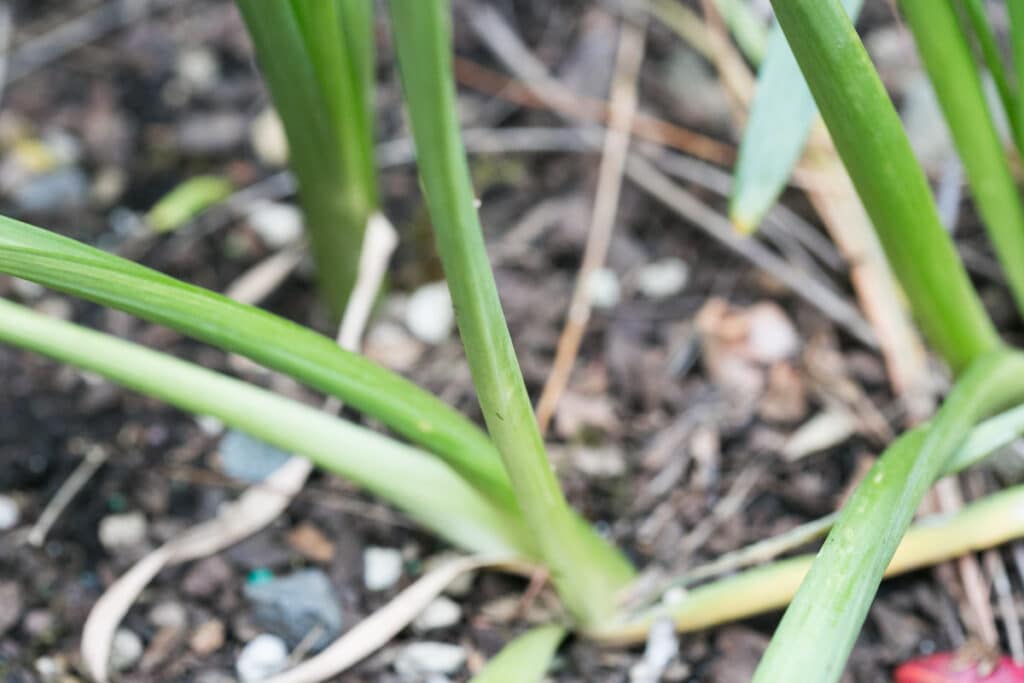
Can You Leave Daffodils In The Ground After Blooming?
Yes, daffodils are perennial, meaning they will bloom year after year and can be left in the ground in most zones.
Some gardeners prefer to remove the bulbs and store them in a cool, dark place, re-planting during spring.
How Many Years Do Daffodil Bulbs Last?
Daffodils can last for many, many years! Daffodils planted hundreds of years ago can still thrive to this day.
Read this article on old growth daffodils for more information.
We lived on a 100-year-old property in Oregon. Every year, a cacophony of beautiful vintage daffodil blooms interrupted the rainy spring clouds. These unique, old-fashioned flowers graced the property with little care for 100 years. It is fun to know that these daffodils brightened the lives of many throughout the decades.
Proper Daffodil Care
Daffodils are low maintenance and very easy to care for:
- A fertile, slightly sandy soil is essential for daffodil bulbs
- Plant them in a location that has full sun to partial shade- ideally six hours of sunlight
- Do not plant diseased bulbs
- Plant them in a well-draining location to prevent rot- a slight slope is perfect!
- These spring-flowering bulbs crave water: water daffodils about once a week
- Learn how to plant daffodils at the right depth and distance here!

You need not be a gardening expert to care for daffodils properly! After they bloom, care for your cheerful daffodils by ensuring the leaves get plenty of sunlight after blooming.
Do not braid, tie back, or cut your daffodil leaves (even if they are a bit unsightly). Cut off the spent bloom to send the captured energy into the bulb.
Let your daffodils feast on natural spring sunlight, and they will produce healthy blooms for many years to come!
More spring inspiration here:

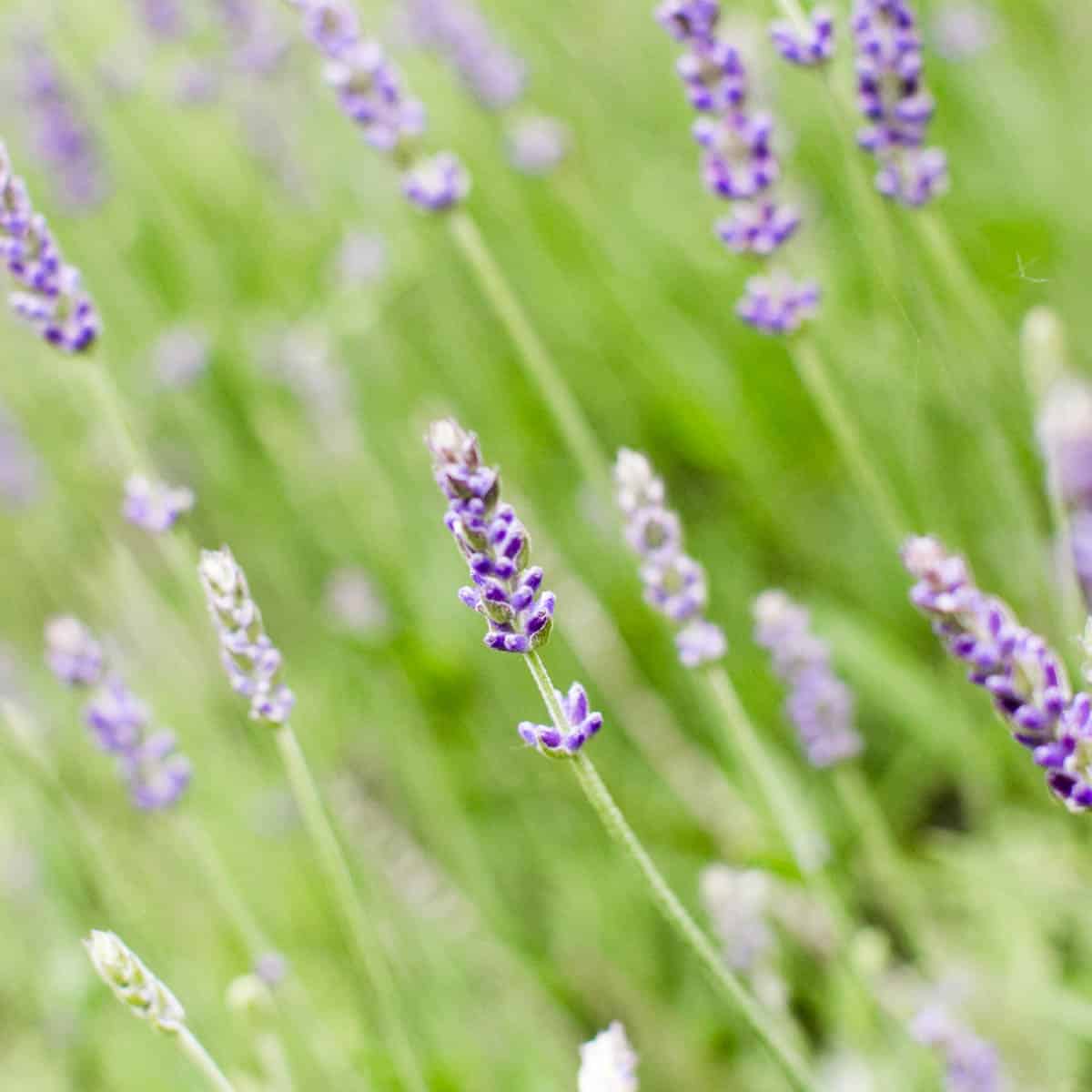
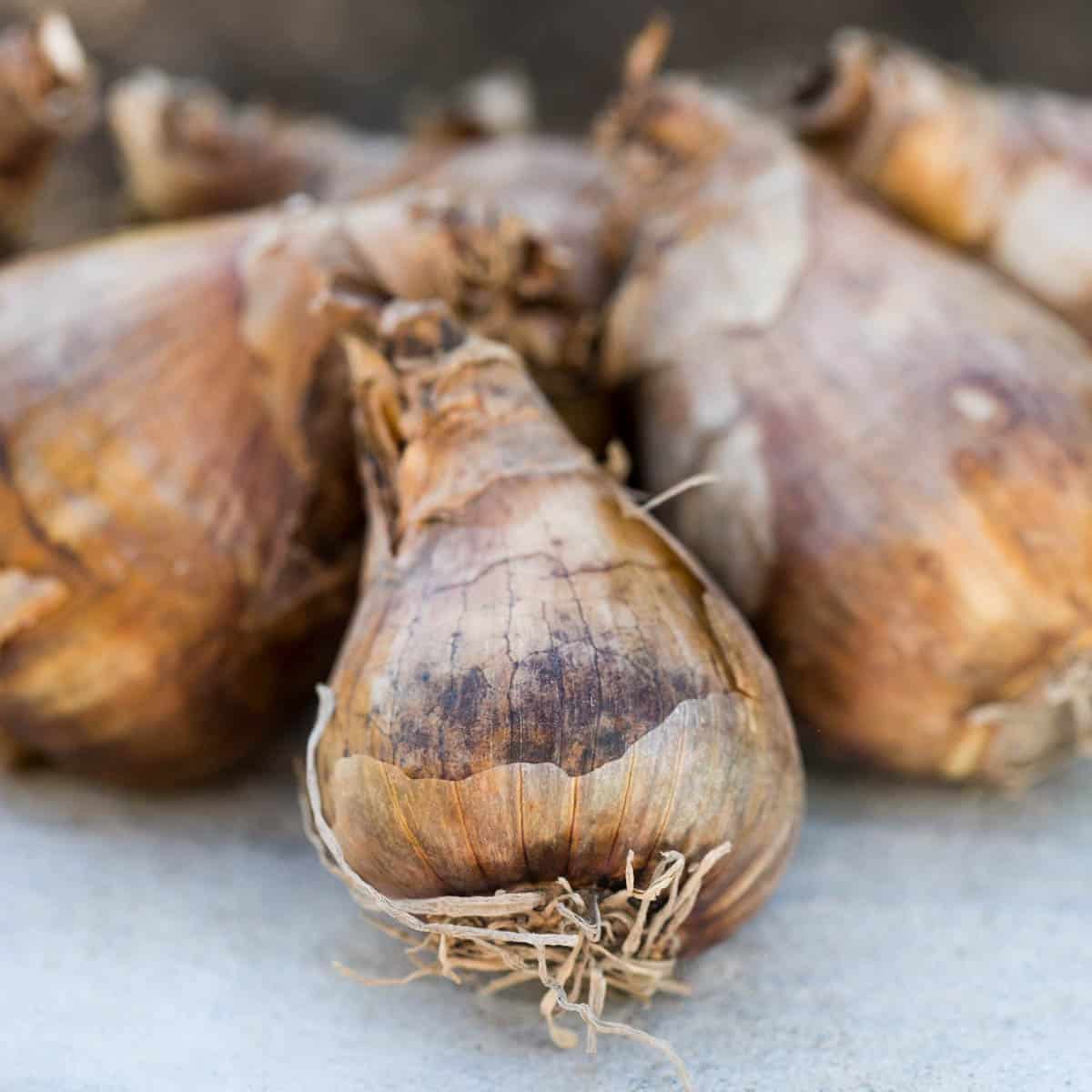
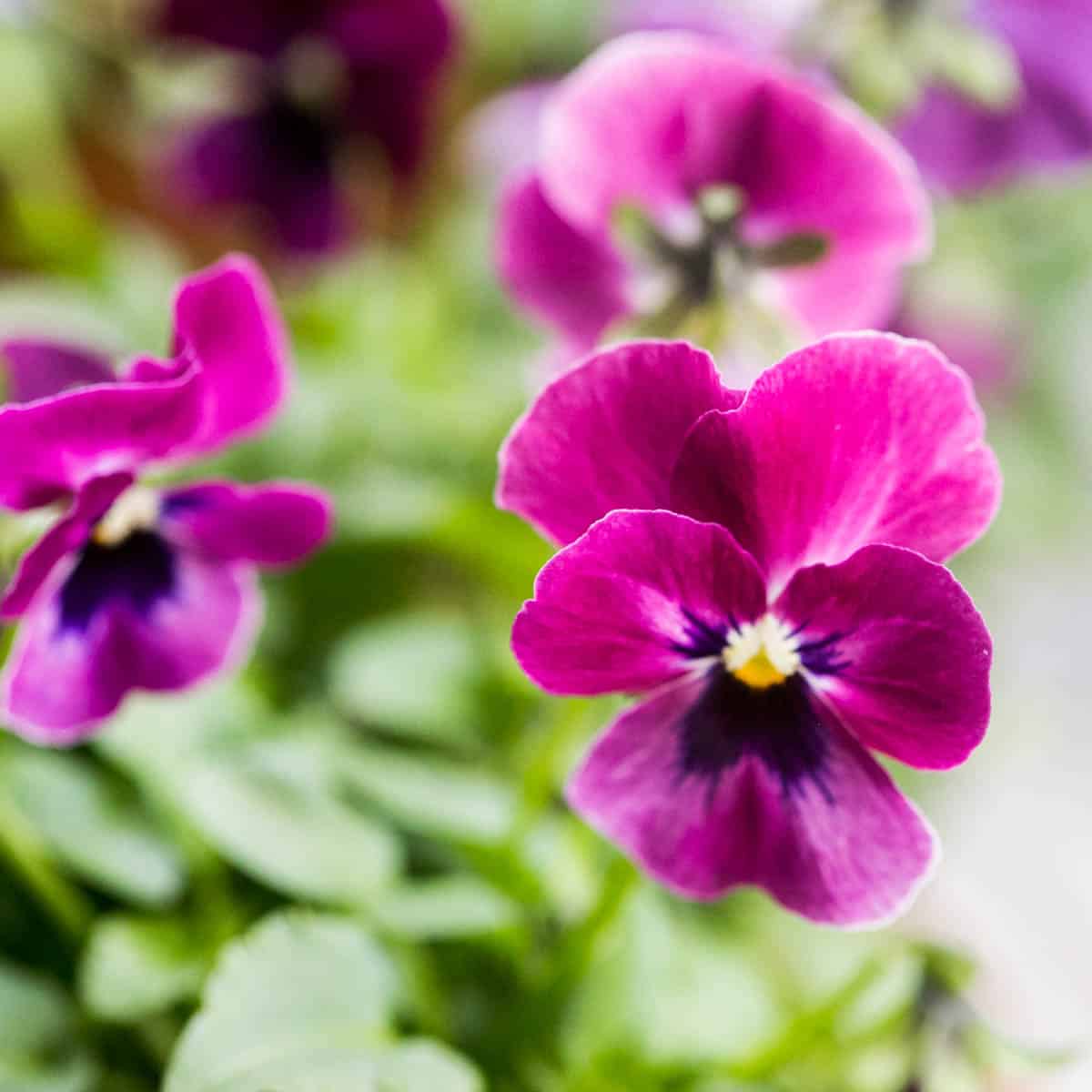
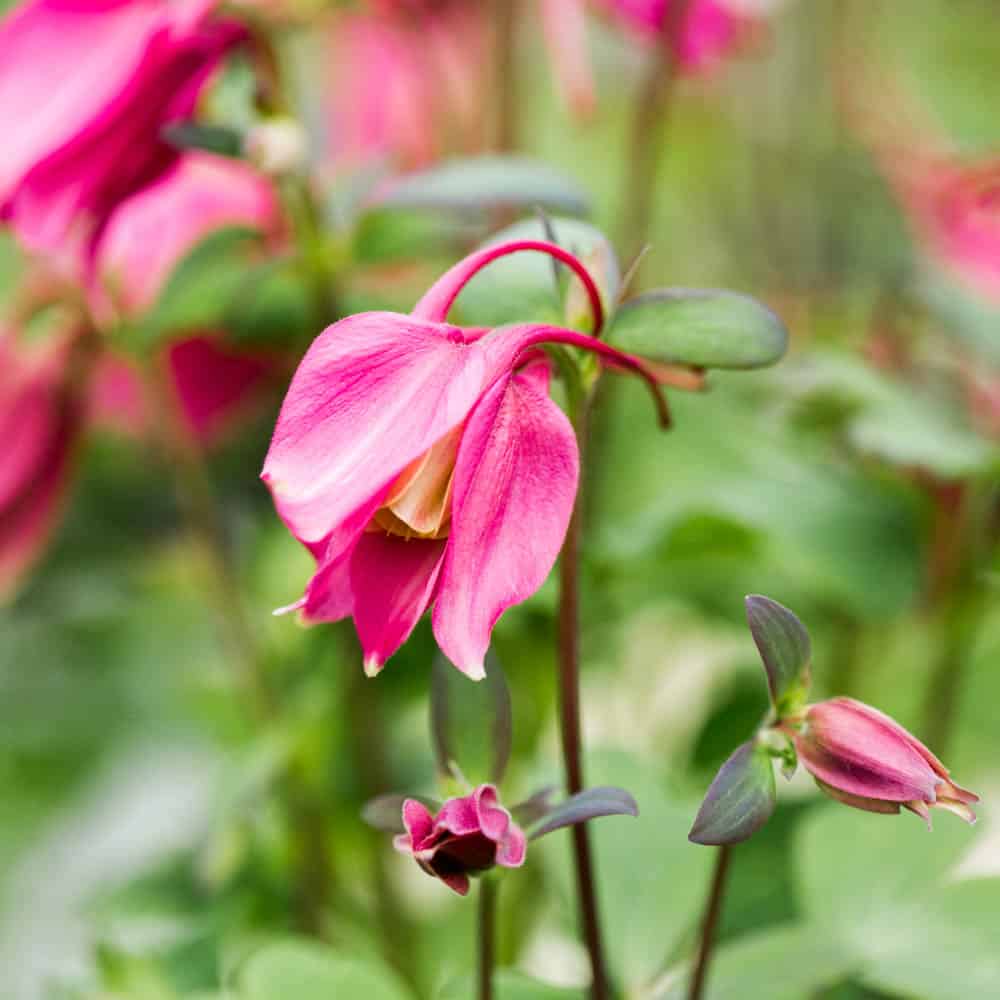


I read your informative article about fertilizing a Christmas Cactus plant. Would you please email a copy of it to me for future reference. Thank you!
Hi Joanne! I’m sorry for the delay, we’ve had a nasty bug this week. Sending it to you now! -Jamie